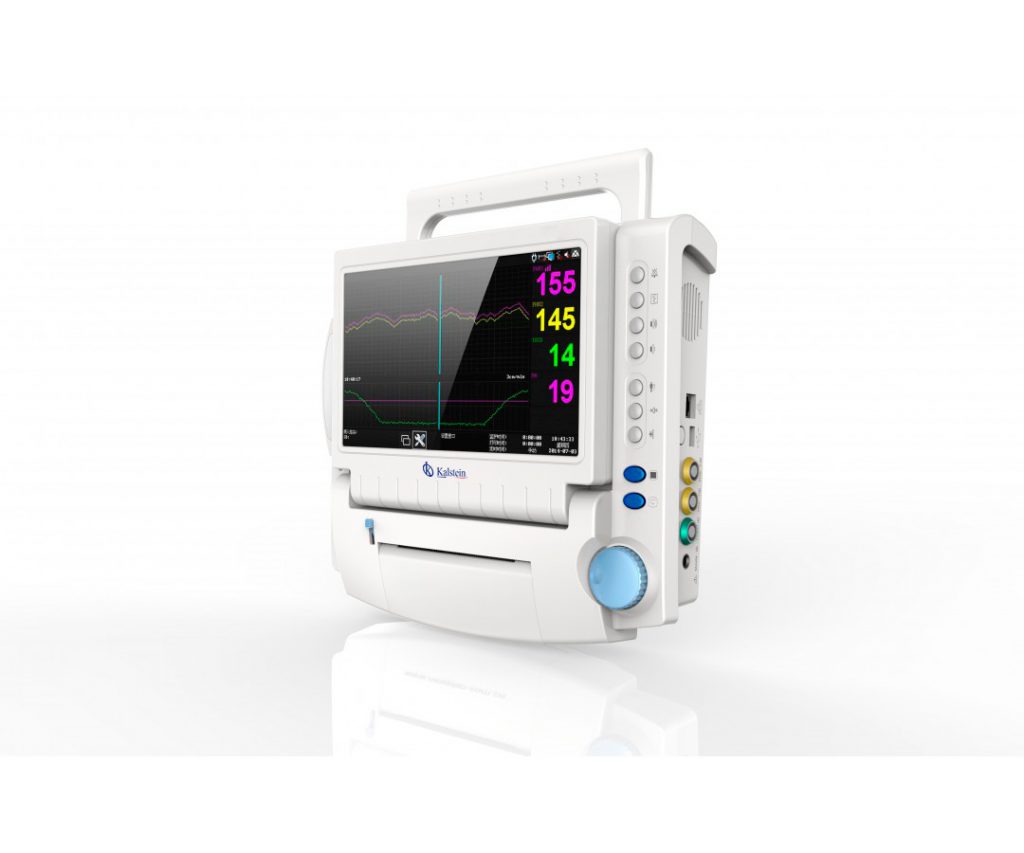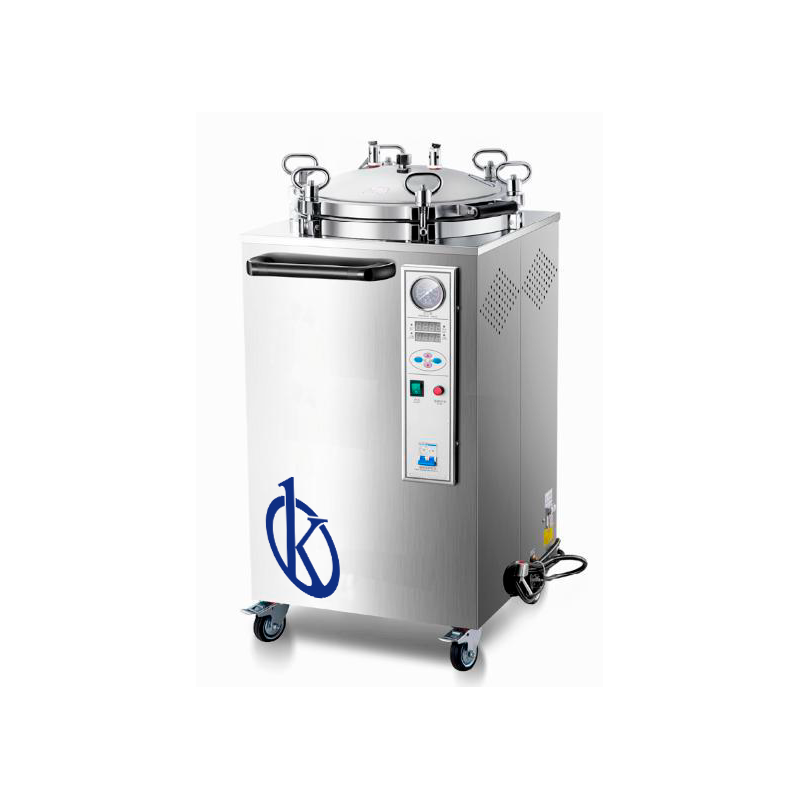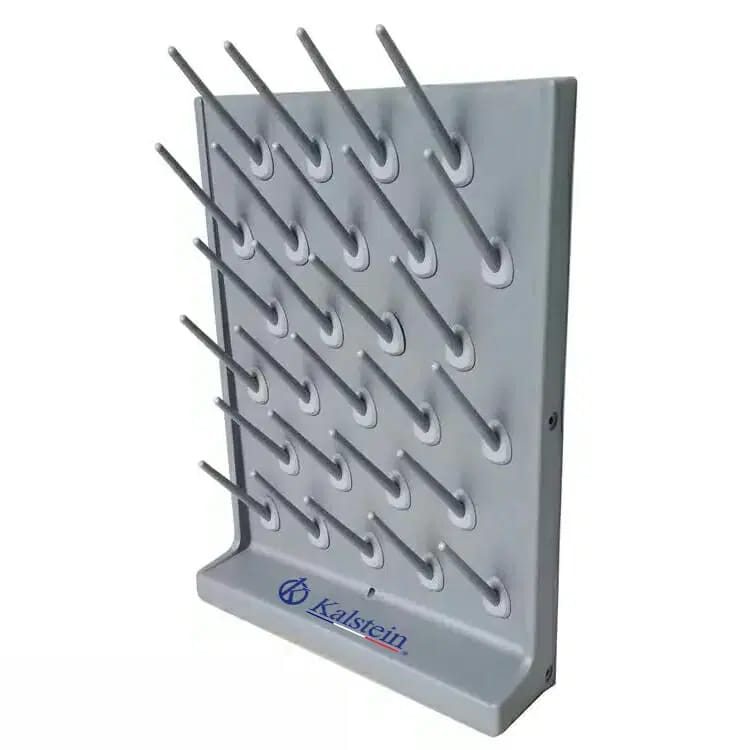Multiparameter patient monitors are responsible for detecting vital signs in patients on a continuous basis, constantly evaluating physiological conditions for a correct diagnosis by the treating physician.
The vital signs reveal the basic functions of the organism, indicating the hemodynamic state of the patient; the main signals monitored are heart rate (HR), blood pressure (BP), oxygen saturation (SpO2), among others. These signals are captured by the pulse oximeter, electrocardiogram and respiratory monitoring.
In this way, the teams have a general approach to the constants of all patients connected to a monitor, however, it requires special precautions, including this:
- Have systems capable of integrating, recognizing and managing data from different monitoring modules.
- Ensure that the power grid that powers it complies with safety standards.
- Avoid bending or pulling the ECG cables and ensure that no liquid enters the device during cleaning.
All of the above, it is important to take into account for the possible evolution of patient monitoring needs in different services.
Main functions of the Multiparameter Patient Monitor
Through the principles related to the multiparameter patient monitor, applied mainly in the intensive care, hospitalization or emergency services, are developed by means of the pulse oximetry, which consists of a red and infrared diode emitter (LED), and a photodiode, which acts as a center of light for each wavelength received from the transmitter. It also translates most of the information about the oxygen saturation of the hemoglobin in the patient’s body. Likewise, the respiratory rate is recorded by the thoracic contractions recorded per minute, and the multiparameter monitor can provide the wave that characterizes the respiration.
In addition, the proper use of the monitors ensures that the staff applies the correct configuration, according to the needs of the patient, in order to understand the information produced by the results, through monitoring and the set of actions to be performed from the power on of the equipment, the effect on screen and finally the execution in the operation of the multiparameter patient monitors
Characteristics of Multiparameter Patient Monitors
There are two types of multiparameter patient monitors, which are characterized by: fixed monitors; these are installed on the wall at the height of the patient’s head, usually applied in anesthesia processes and in critical areas of adults and children, so that treatment is guaranteed, using indispensable tools, such as electrodes, sensors and bracelets, etc.
On the other hand, there are portable vital sign monitors; are those that can be moved from one place to another, allowing continuous supervision of the patient, in case it is necessary to move it to another place. The importance of carrying this type of monitors is to offer patients the ease of control and communication that medical personnel impart, since they can be connected, adjust the load batteries, alarm limits, etc.
Multiparameter patient monitors must have all the functions easily accessible, by means of touch sensitive membrane keys, volume control, alarm system, keyboard, menus, printer, and a design that allows to be moved and used without any complications.
Multiparameter Patient Monitor in Kalstein
At Kalstein, we offer you the best medical equipment with first-class technological advances, we meet all the demands that users request, and therefore, we have a whole range of models of multiparameter patient monitors for adult, child and newborn customers, with our YR series models, in addition has thin body with hidden handle, easy to move; visual and sound alarm system with three-color alarm light; it has a lithium battery inside, capable of storing data when the power supply fails.
We are manufacturers and we have the best advice to make your purchase the right one and we have the best prices of the market, view our catalog at HERE




